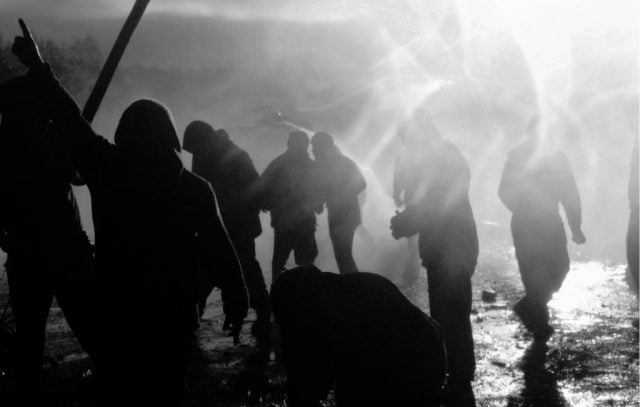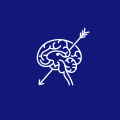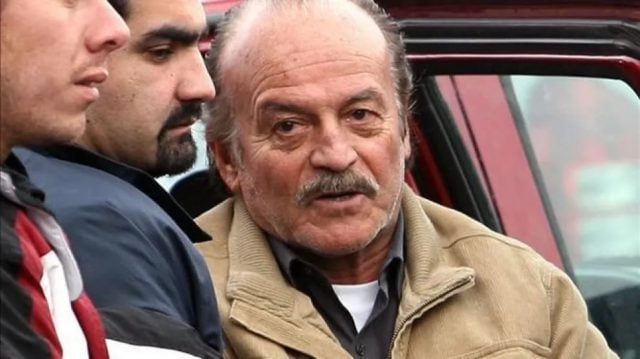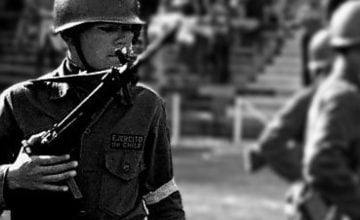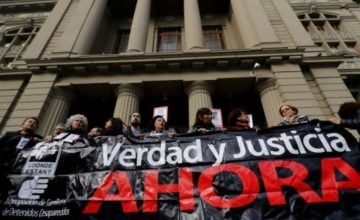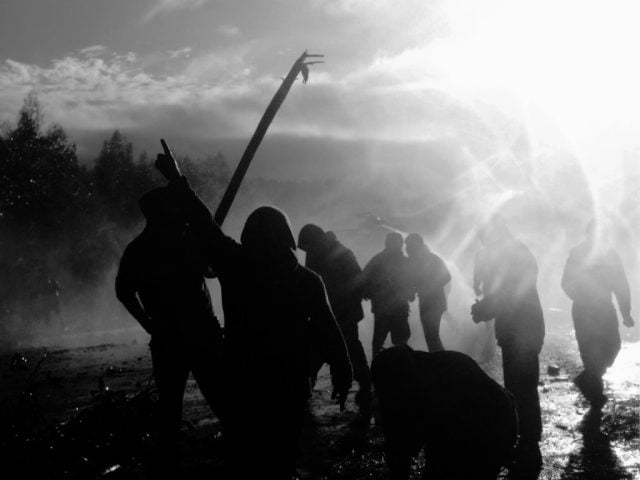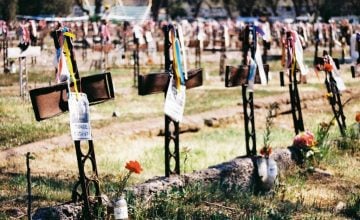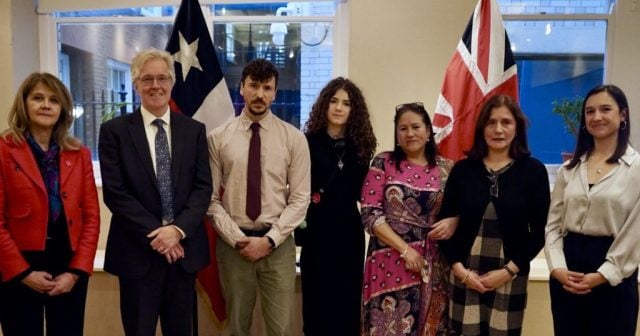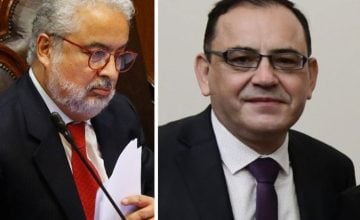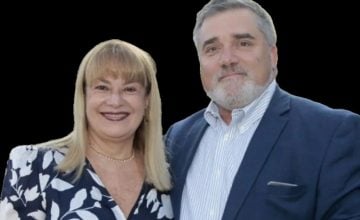Chile’s Supreme Court has ordered the state to pay 70,000,000 pesos in damages to a 22-year-old law student who survived an attempted execution carried out by agents of Carabineros Intelligence and was then thrown into the Mapocho River in 1974, during Augusto Pinochet’s dictatorship .
The unanimous decision by the court’s Second Chamber—composed of ministers Manuel Antonio Valderrama and Leopoldo Llanos, ministers María Cristina Gajardo and Eliana Quezada, and interim attorney Pía Tavolari—found that the Santiago Court of Appeals erred by reducing the first-instance award without providing a reasoned basis.
The Supreme Court recalled that the trial court set compensation at 70,000,000 pesos, considering the “emotional, psychological, and spiritual impact endured by the victim (J.S.R.P.) as a result of confinement, interrogation, and subjection to physical and psychological violence by state agents—findings supported by evidence of those harms.”
However, it noted that the appellate court, despite recognizing the suffering and lasting effects of the proven wrongdoing, concluded that the award should be “reduced to thirty million pesos.”
“It is evident that the Court of Appeals accepts the occurrence of the harmful act yet disagrees with the amount awarded as reparation, and it wrongly seeks to justify the reduction by appealing to values such as equality and proportionality based on other cases it has handled,” the ruling states.
The country’s highest court determined that the cut to the award “rests on a kind of comparative exercise aimed at preserving equivalencies in damages,” an analysis that “is not clearly specified,” because the ruling does not identify “the case or cases used as points of contrast to justify the reduction.”
“For its part, mere invocation of those principles is not enough to justify the reduction. This absence of reasoning affects the dispositive outcome of the judgment and thus constitutes the formal cassation defect alleged by the appellant, in that the final decision was not issued in the manner required by law, a ground set out in No. 9 of article 541 of the Code of Criminal Procedure, in relation to No. 4 of article 500 of the same statute, which corresponds to No. 4 of article 170 of the Code of Civil Procedure,” the decision concludes.
On the criminal side, the Supreme Court upheld the eight-year prison sentences imposed on former officers of the Carabineros Intelligence Service (Sicar), Manuel Agustín Muñoz Gamboa and Alejandro Segundo Sáez Mardones, as perpetrators of the aggravated kidnapping of the student.
He survived four gunshots and being thrown into the Mapocho River
In the investigation, the visiting minister for human rights cases at the Santiago Court of Appeals, Paola Plaza González, established:
“a) During President Salvador Allende Gossens’s term, within the School of Legal, Economic and Social Sciences at the University of Chile, located at Pío Nono No. 1 in the Providencia district, groups both supportive of and opposed to the government coexisted, giving rise to political conflicts and divisions among students and school authorities. From April 1972 until September 11, 1973, the Student Council was presided over by law student A.V.W., a member of the Popular Unitary Action Movement, with the vice president being a student from the same faculty, J.S.R.P., a member of the Socialist Youth. He had transferred from the University of Concepción for his athletic abilities and quickly engaged with the Sports Center at his new school, where he stood out as a sports delegate and student leader.
b) At the same time, an opposition group emerged within the Law School that included, among others, sympathizers of the Patria y Libertad movement; various students identified law student E.G.G.Z. as part of that group. She organized an activity that directly and harmfully affected members of the Student Council to which J.S.R.P. belonged because it used their facilities: dressed in a nurse’s uniform, she asked first-year “mechonas” to provide urine samples and told them to go to the room where the Student Council operated for the “exam,” where another classmate photographed them. One of the affected students filed a complaint, and the facts were reported in the press at the time. After that incident, the same student, E.G.G.Z., was caught on university premises by classmates J.C.J.M. and the victim J.S.R.P. destroying political files aligned with them, sparking a confrontation when they challenged her.
c) After the September 11, 1973 coup d’état, the School of Legal, Economic and Social Sciences of the University of Chile in Santiago was occupied by the military and closed, reopening with classes resuming in early October of that year. In this context, Rector’s Decree No. 873 of October 8, 1973—governing administrative inquiries and procedures and classifying, among other serious offenses, “any act that undermines the normal coexistence of the university community and sectarian and proselytizing attitudes”—and Decree No. 9825 of October 20, 1973, which appointed Professor Hugo Caldera Delgado as prosecutor, established a precautionary measure in Resolution No. 1 of October 30, 1973: suspension of all university activities for students under inquiry until a final ruling. The list of suspended students was posted in visible places at the Law School for notification, and among those listed was the victim in this case, J.S.R.P., a sanction applied under the standard of “public notoriety,” meaning the accusations against him did not need to be proven and he had no right to a defense. It took effect in the first semester of 1974, but the student did not comply, deeming it unjust, and he continued attending classes irregularly until the second semester of that same year, when his status as a law student was restored.
d) In parallel, the Intelligence Service Section of the General Secretariat of the Carabineros’ Directorate General was the intelligence arm that operated after September 11, 1973. Initially structured as a security service, by early 1974 it was divided into four units or work groups—two operational (“Operations” and “Counterintelligence”) and two administrative (“Analysis” and “Archive and Kardex”). Around that time, the service began carrying out procedures beyond its institutional remit, including assuming a role in persecuting opposition members through its operational groups—Operations and Counterintelligence—which conducted surveillance, raids, arrests, and interrogations. One of the places it used for its illicit activities in 1974 was the fifth-floor offices of the institutional building at 80 Bulnes Street in the Santiago district.
e) On October 1, 1974, around 2:00 p.m., J.S.R.P. , then 22 years old, a fourth-year student at the School of Legal, Economic and Social Sciences at the University of Chile and a member of the Student Council until September 11, 1973, was walking along Alameda Bernardo O’Higgins at the corner of Victoria Subercaseaux when he was intercepted by four officers who identified themselves as members of Carabineros Intelligence. They violently forced him into a patrol car to take him to a precinct near the place of his detention, then transported him in a dark-colored motor vehicle to the First Police Precinct of Santiago, where the captain in charge refused to receive him on the grounds that there was no arrest warrant against him. From that station, the same four police officers took him to the fifth floor of the building at 80 Bulnes Street, where the Carabineros’ Directorate General operated. There he was interrogated by then–Captain of the Counterintelligence Department Germán Esquivel Caballero, now deceased, in the presence of other officials from the same unit. After being subjected to repeated blows, threats, and assaults, at around 10:00 p.m. those same four Carabineros who detained him put him into a dark pickup truck and drove him to the banks of the Mapocho River in the Pudahuel area, where they shot him four times, beat him, and threw him into the river—purportedly in reprisal for his political and student activism opposing the regime in power. Wounded, he managed to get out on his own and sought help from local residents, who assisted him and contacted his relatives. A few days later, once partially recovered and with the help of others, he left the country due to the imminent risk to his life”.
See the Supreme Court ruling
